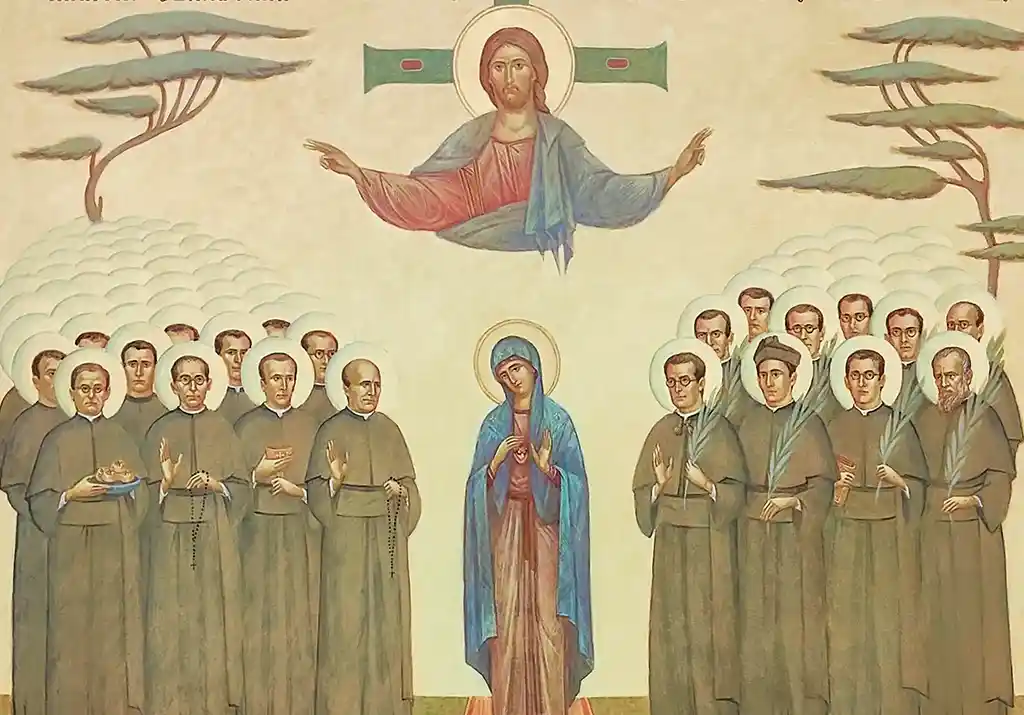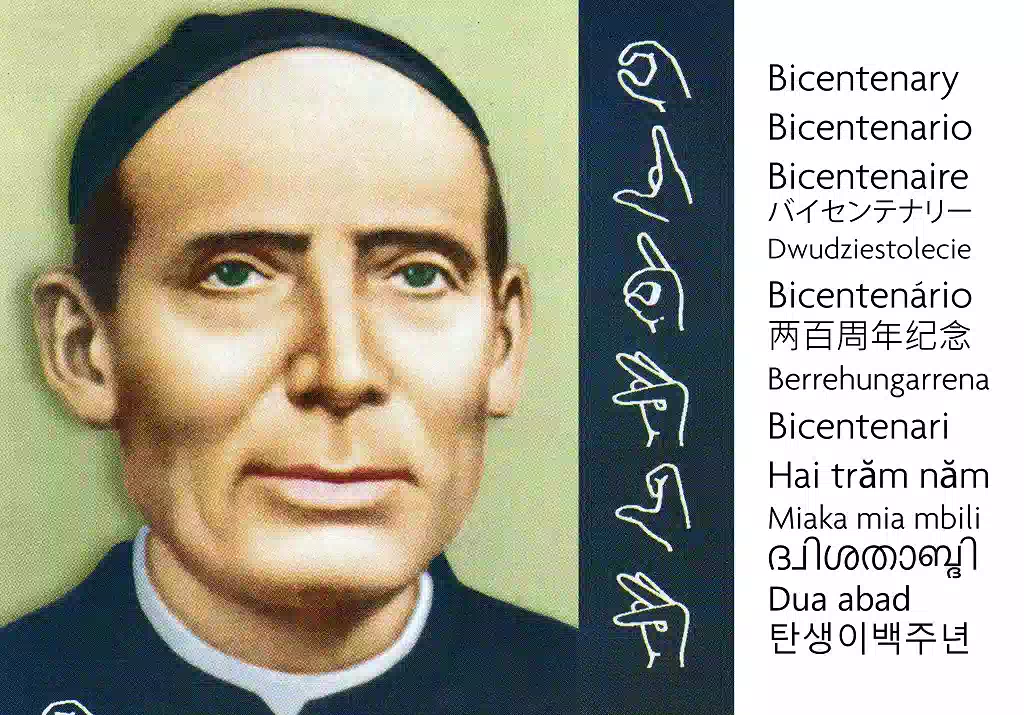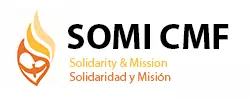LET GOD DO WITH US
Perhaps the most recurrent symbol in the preaching and writings of Claret was fire. He used it to speak of God, the Holy Spirit and the Heart of Mary. To describe his personal process of interior transformation he uses a symbol very familiar in the countryside: a forge. Although far from our technological world, it continues to be understood because it is based on the four elements present in all cultures: earth, fire, air and water. Claret saw himself as a rod of iron that aspired to be changed into an arrow, according to what he had read in the prophet Isaiah: ‘He made me into a polished arrow, set apart in his quiver’ (49. 2). What does the blacksmith do? First, he thrusts the iron rod into the fire of the furnace until it becomes malleable. Then, he places it on the anvil and, slowly and with the precision of an artist, he strikes it with the hammer until he gets the desired shape. Lastly, when the iron rod is converted into an arrow, it is plunged into the water so that it acquires its proper mettle.
With great simplicity, Claret applies this beautiful allegory to his model of the grace of the Father. To convert him into a ‘missionary arrow’, God first introduced him to the experience of the fire of his love through the spiritual exercises and the sacraments. Heated, illuminated and cured by the fire of God’s love, he lived a slow process of configuration with Christ on the anvil of daily life. The hammer-blows signify the virtues and the ascetic means that helped him to acquire the ‘form of Christ’. Converted into a sharpened arrow, he was introduced into the water of the Holy Spirit to be launched as a messenger of the Gospel for the poor.
The allegory of the furnace is also applicable to ourselves. To be credible witnesses, we need the experience of the ‘fire’ (that is to say the experience of the love of God) and the ‘anvil’ (that is to say the process of being configured with Jesus Christ).






